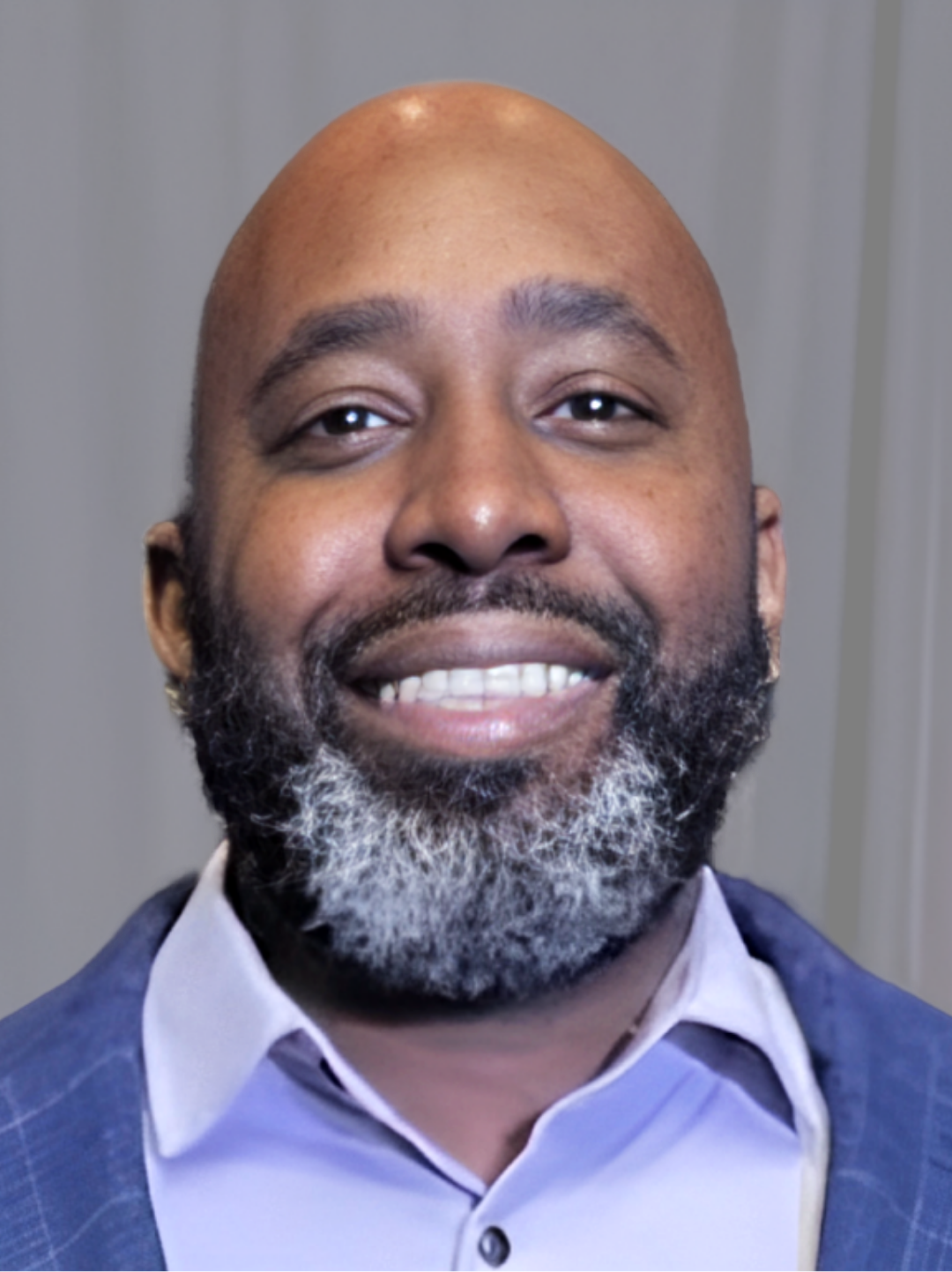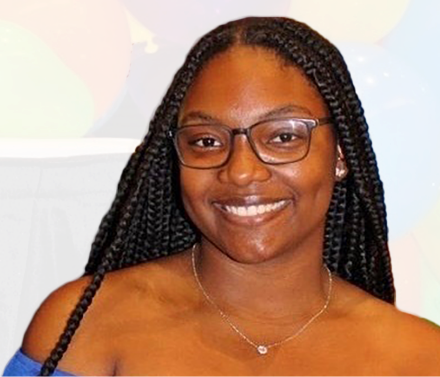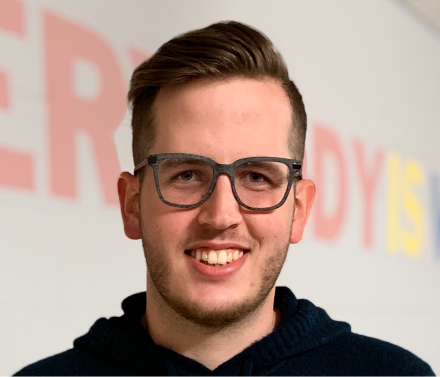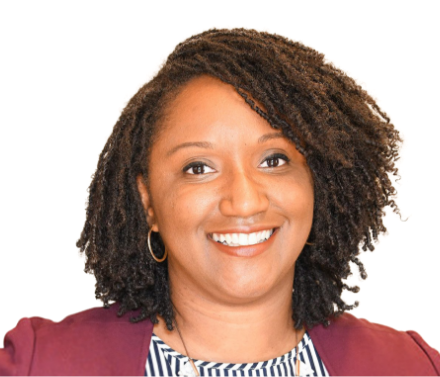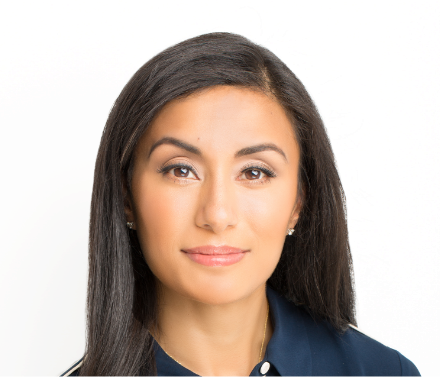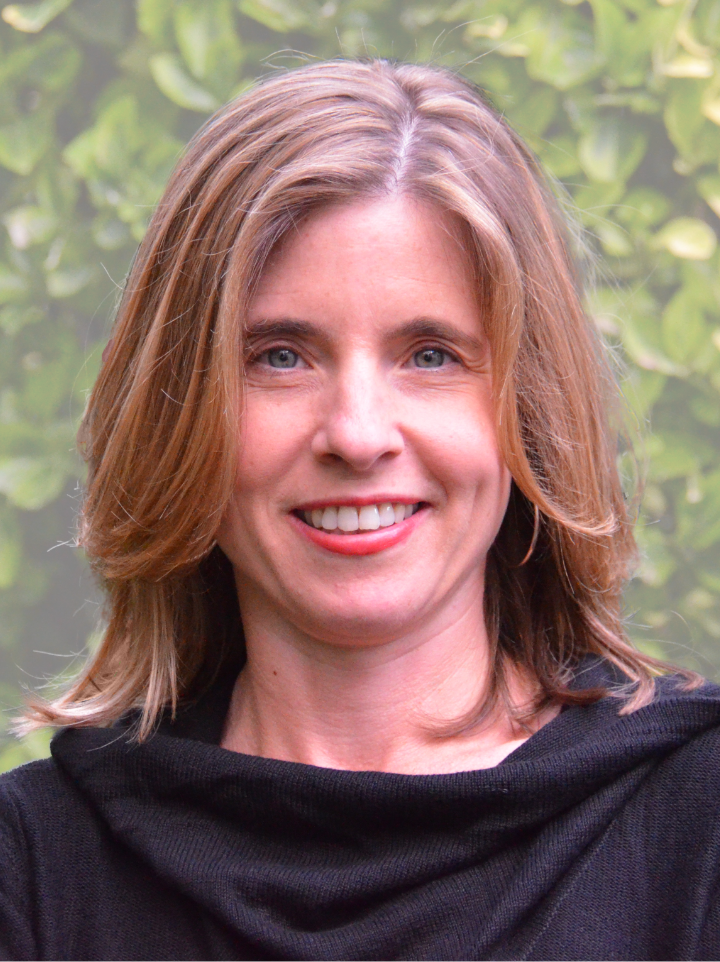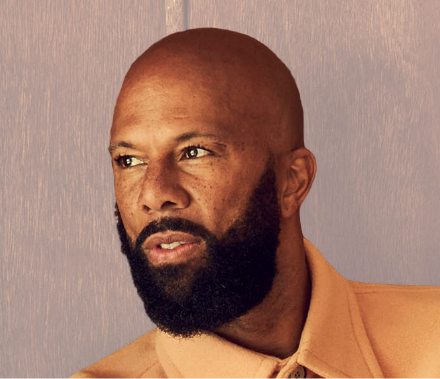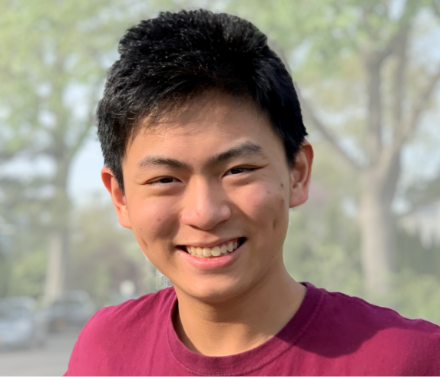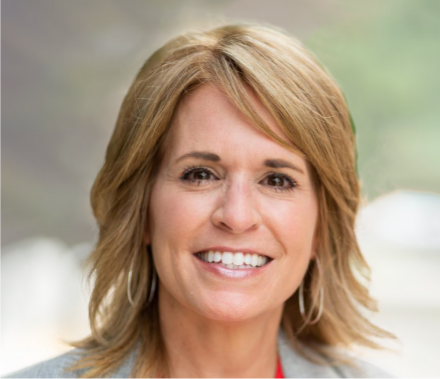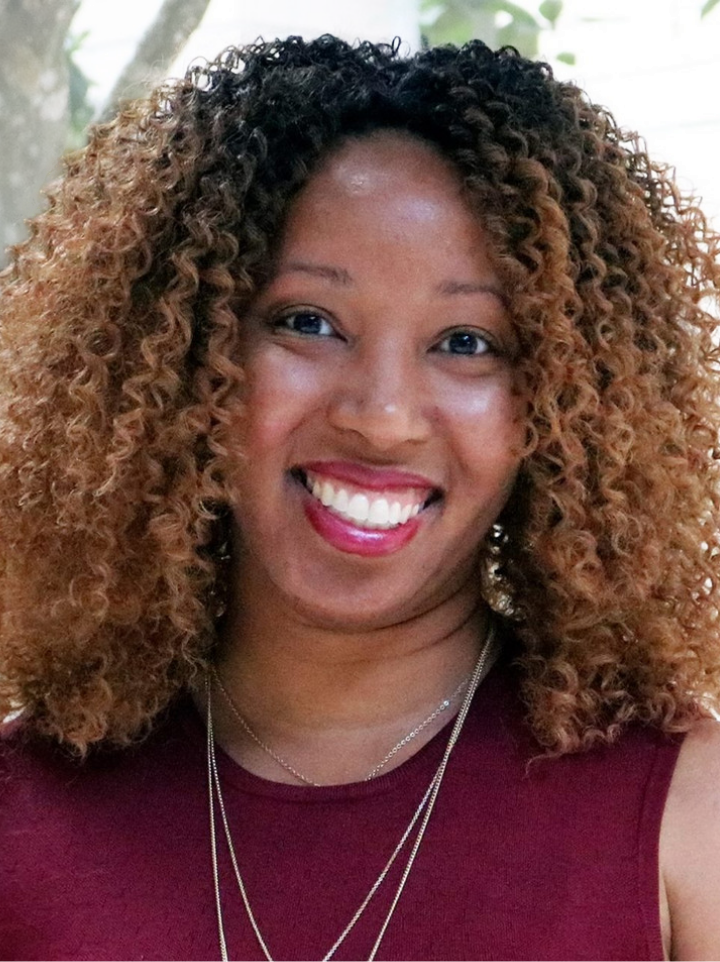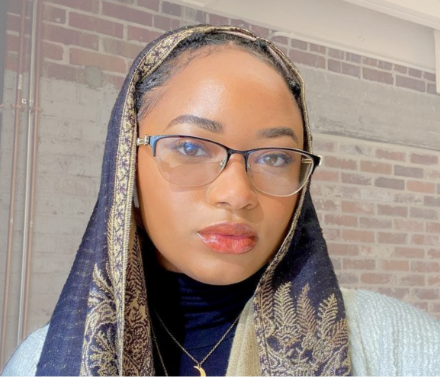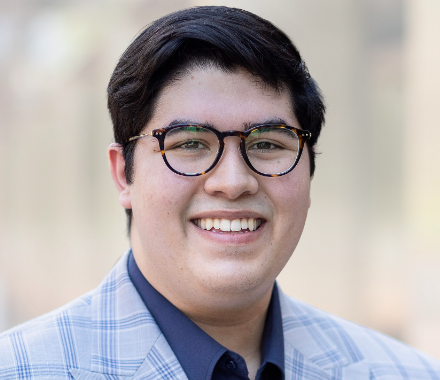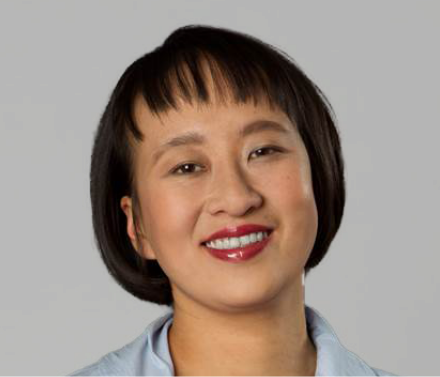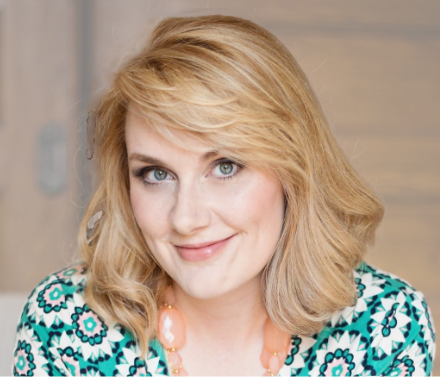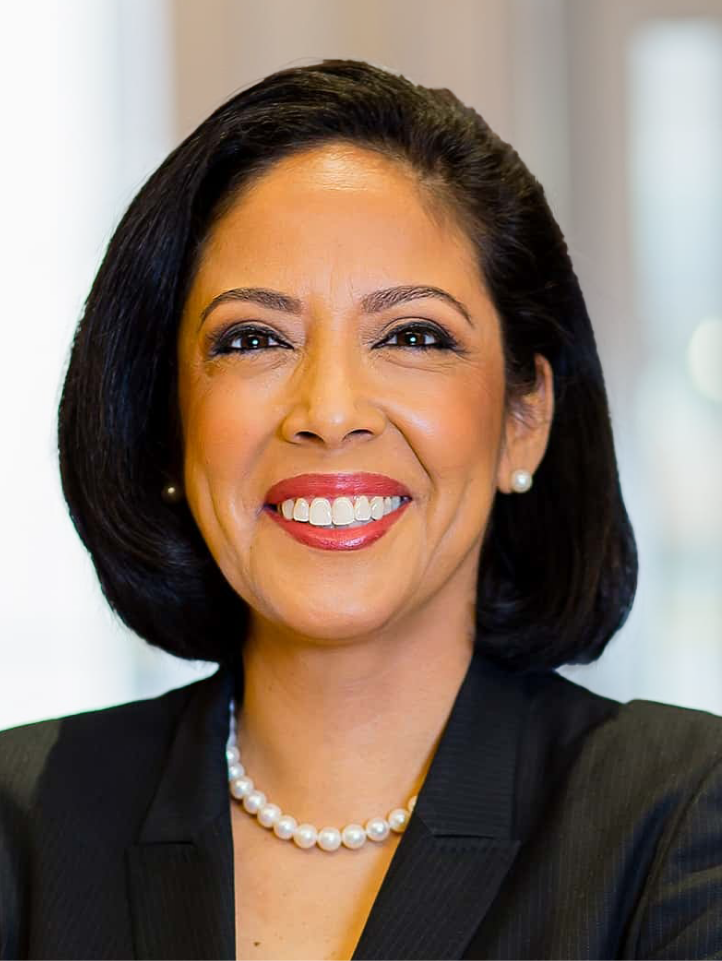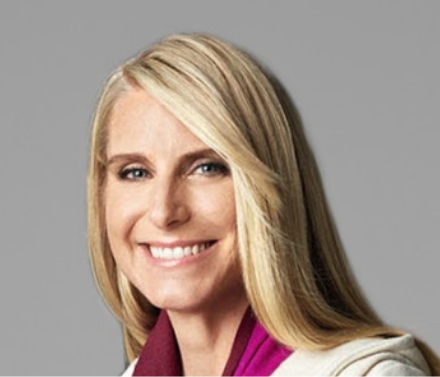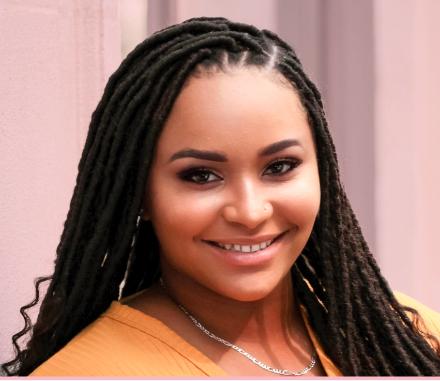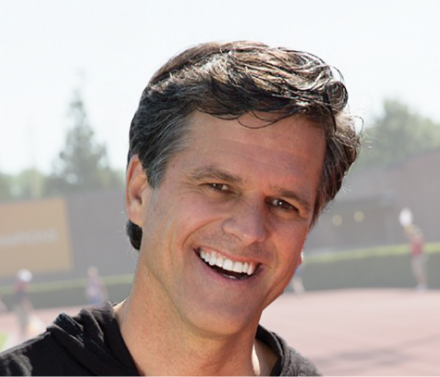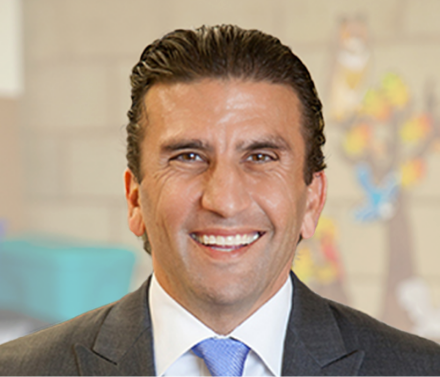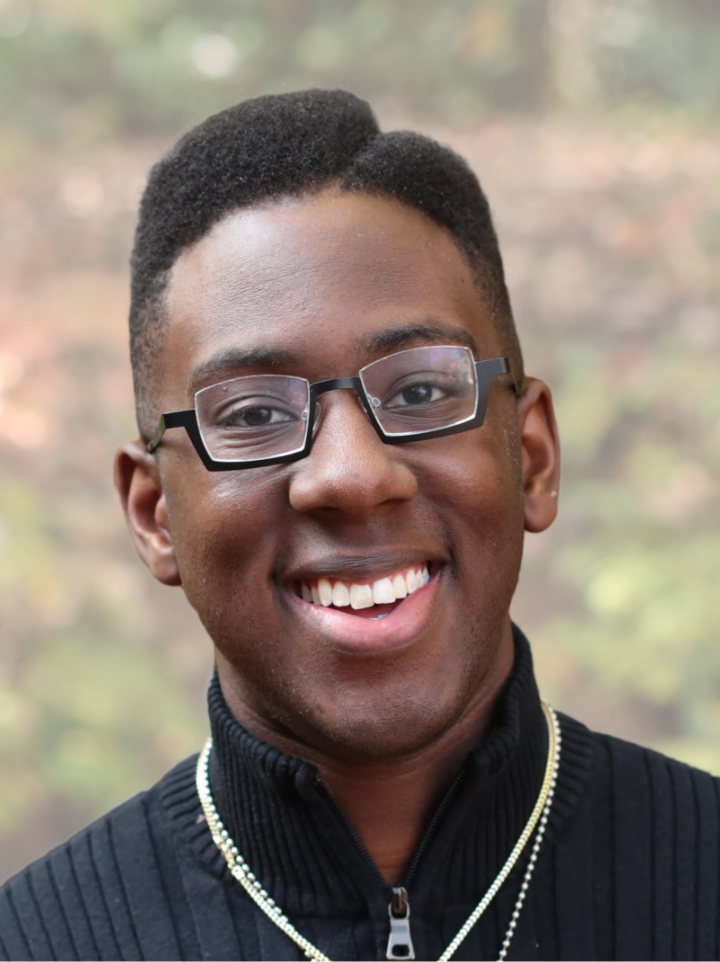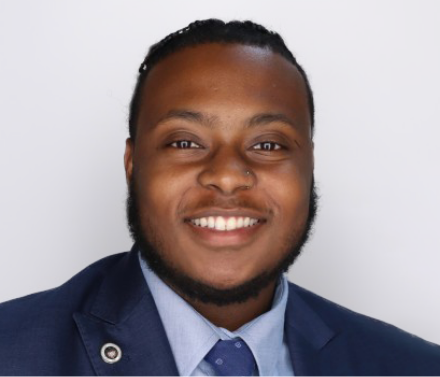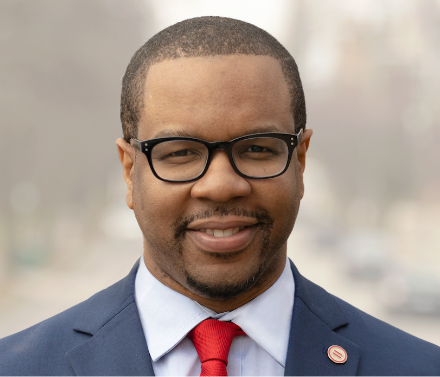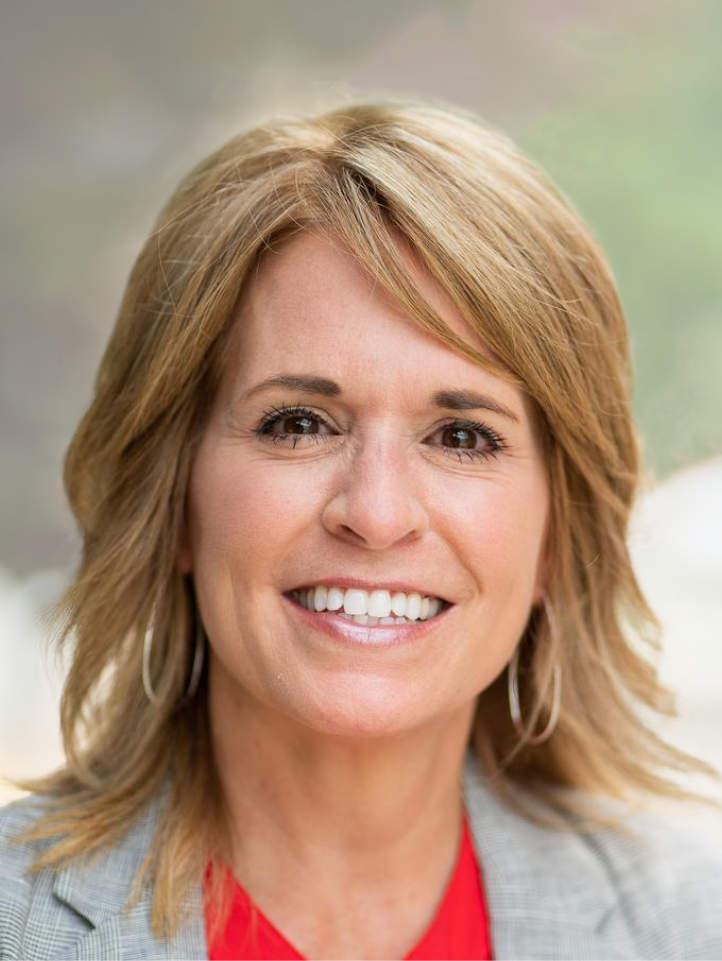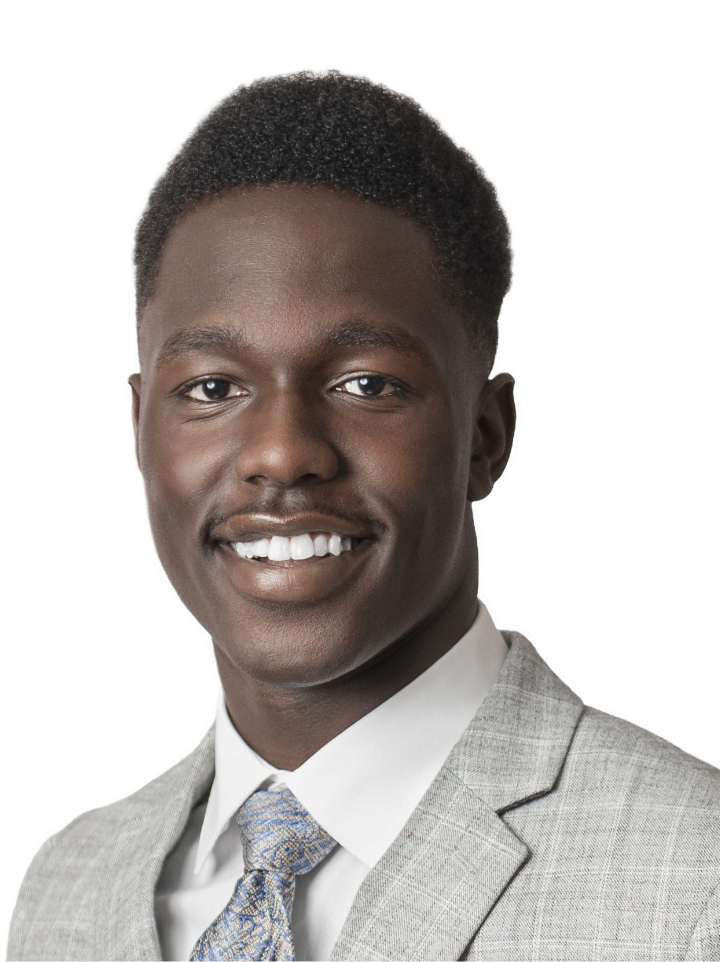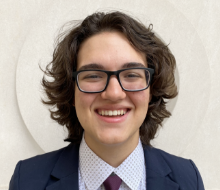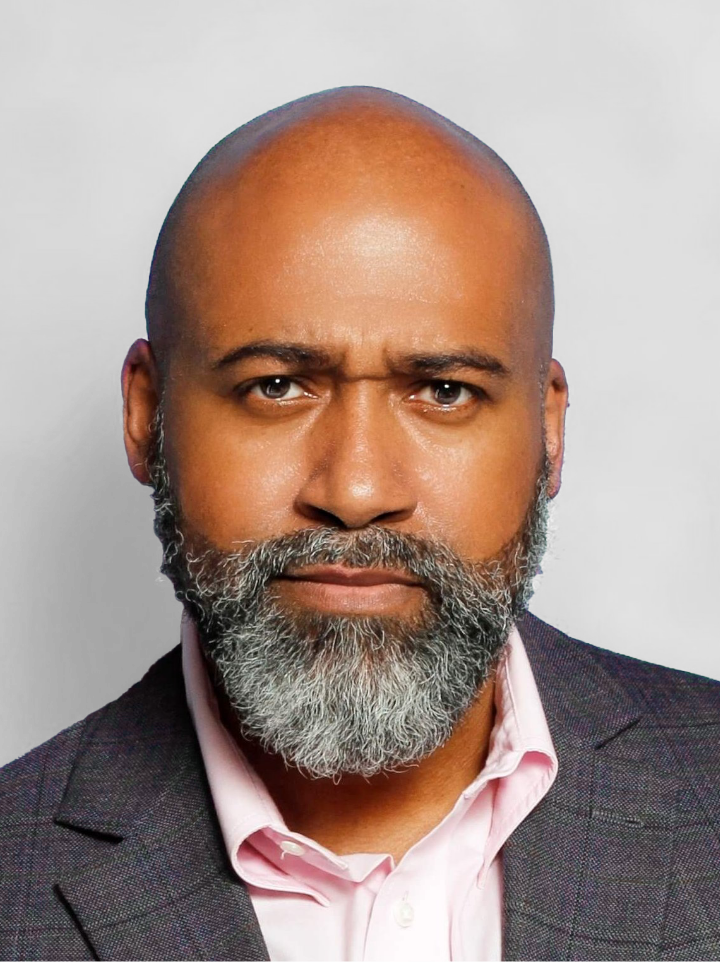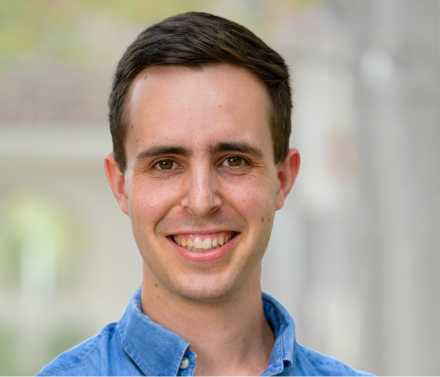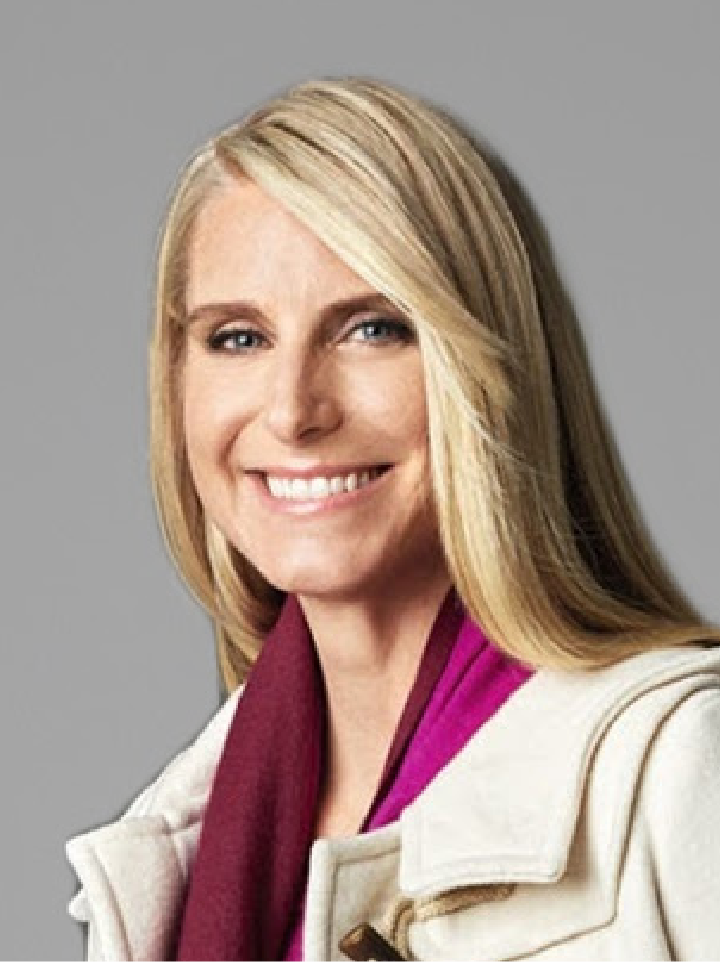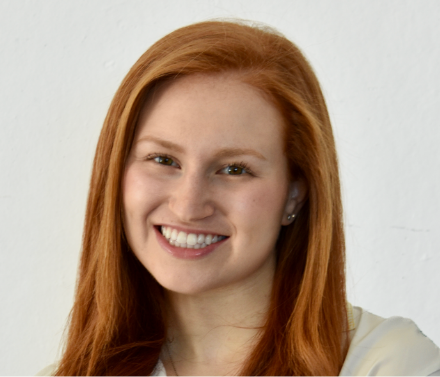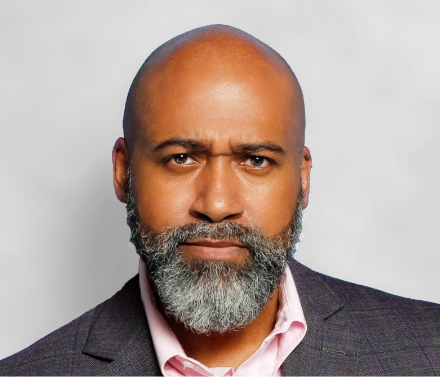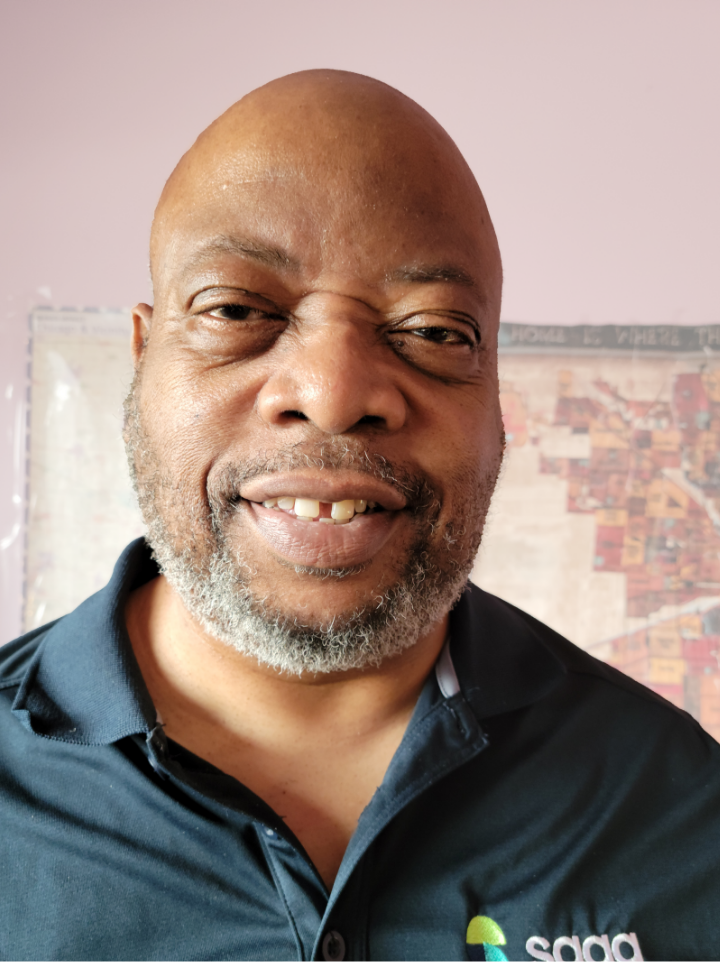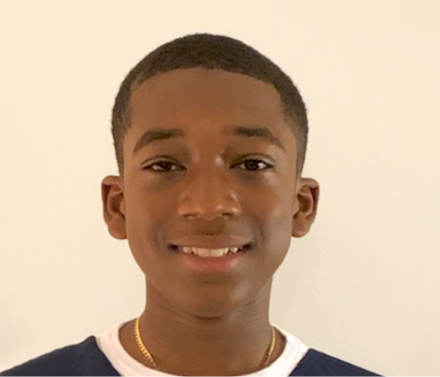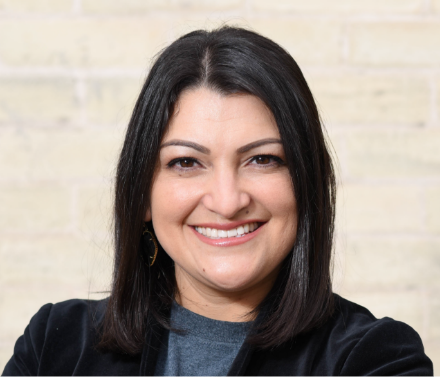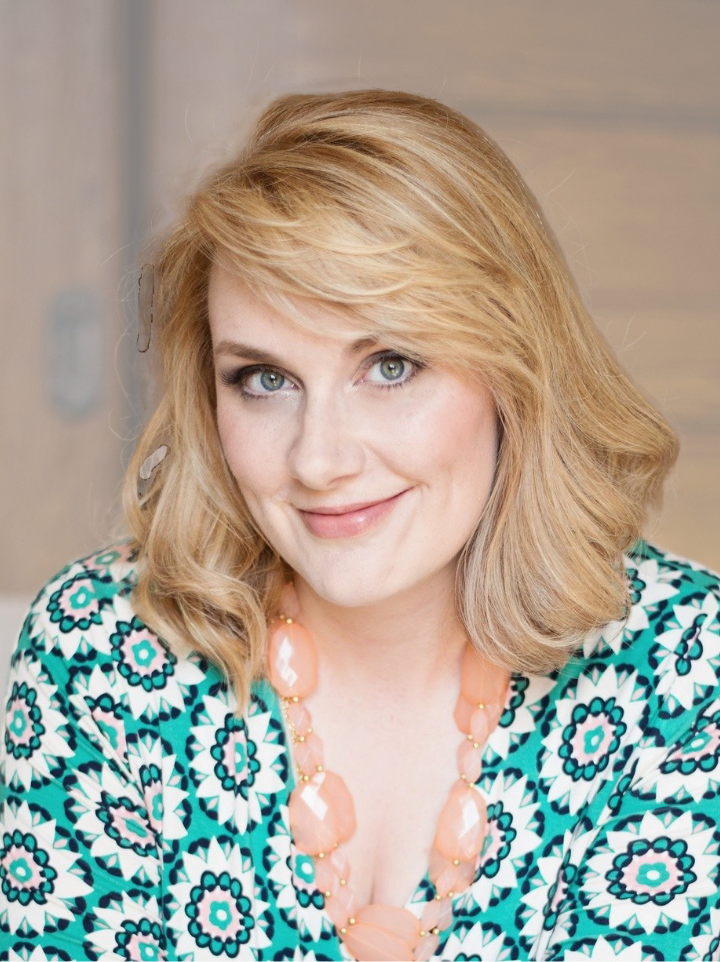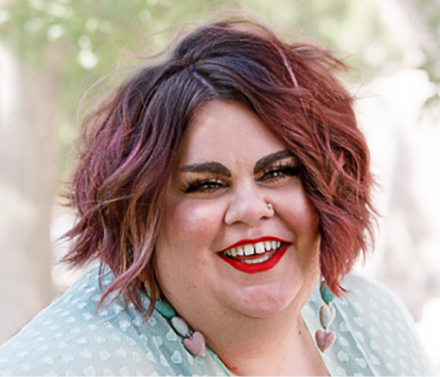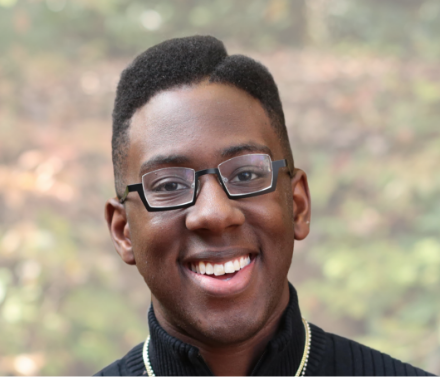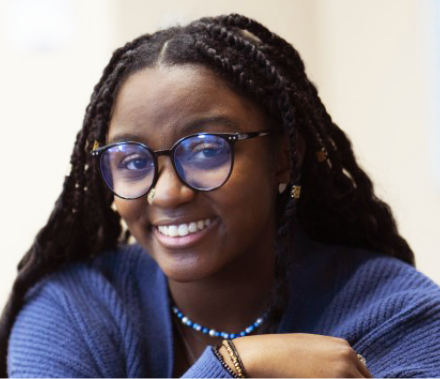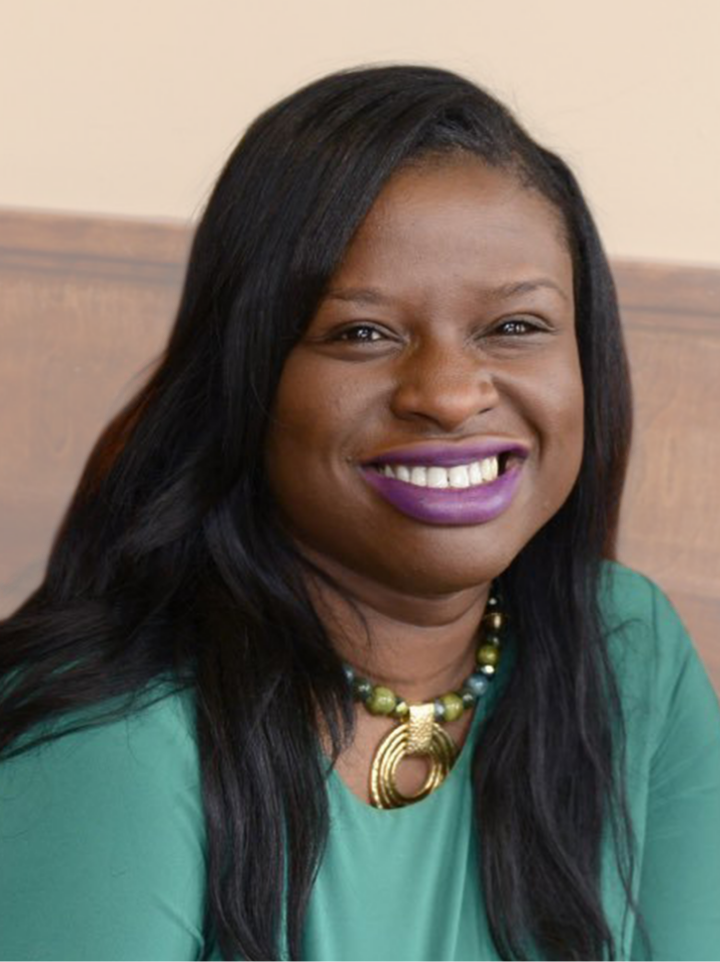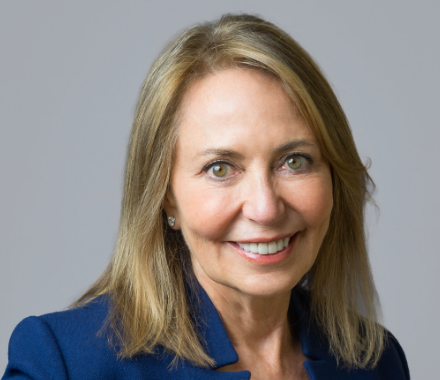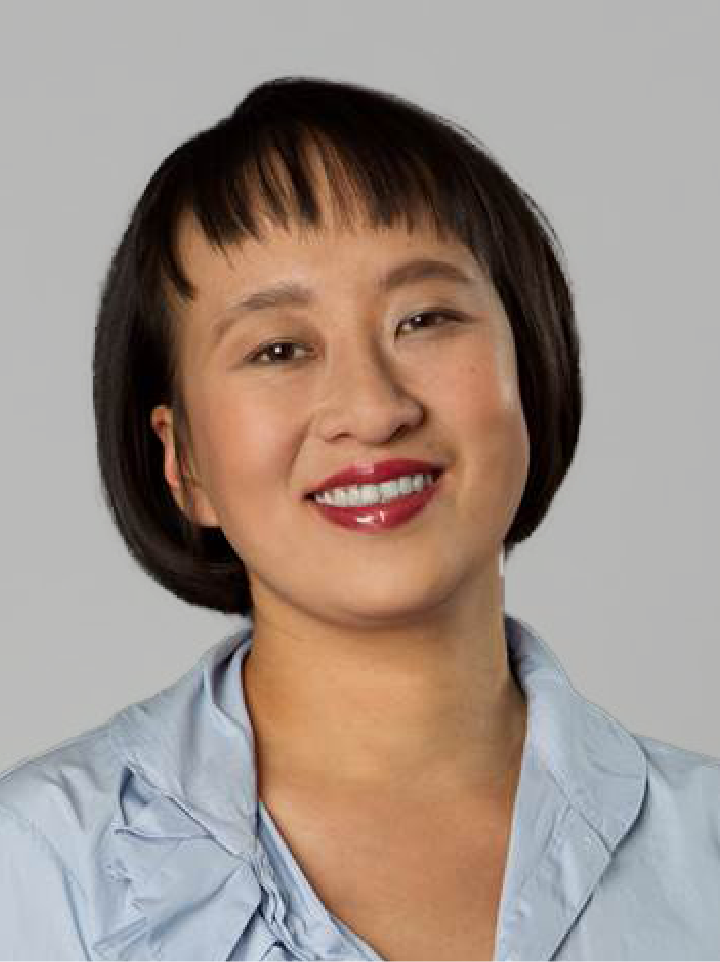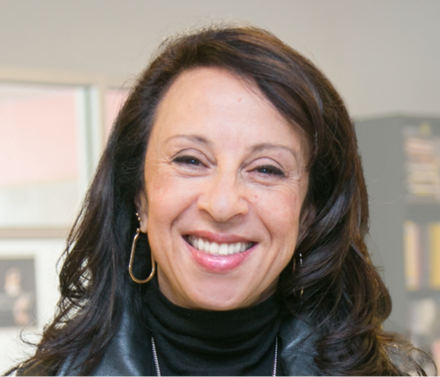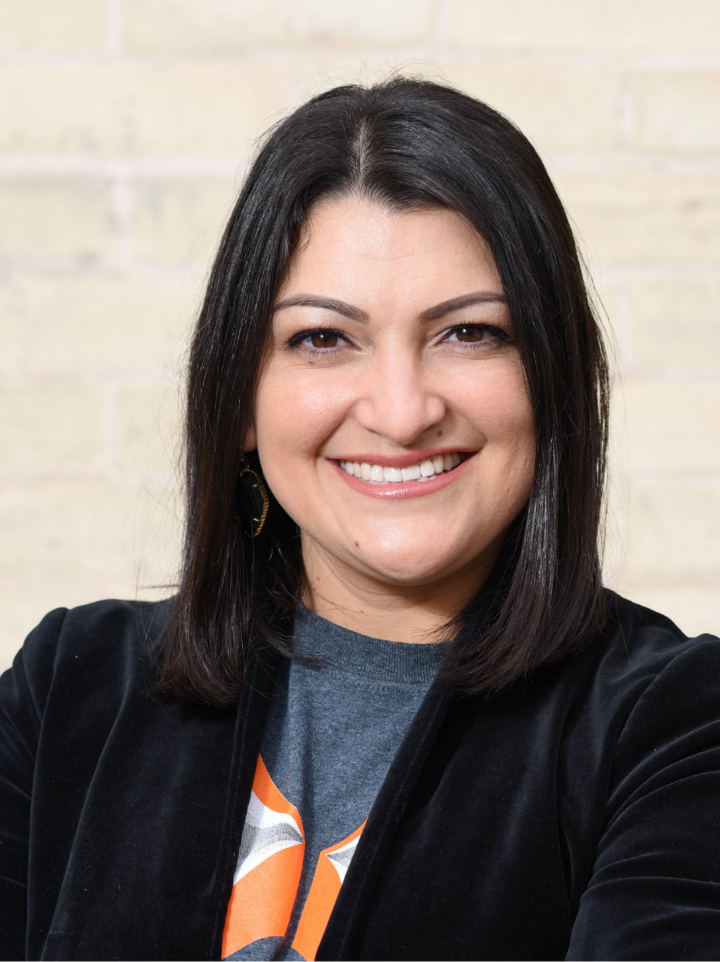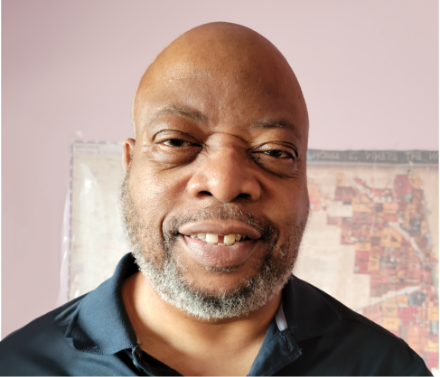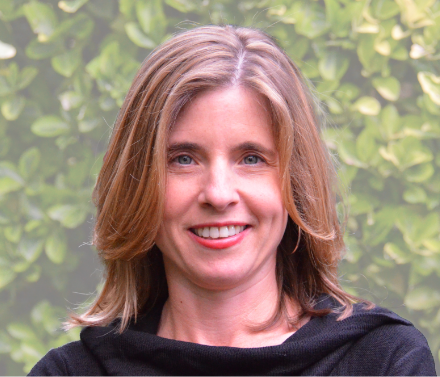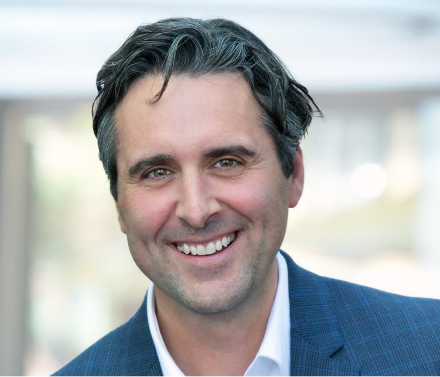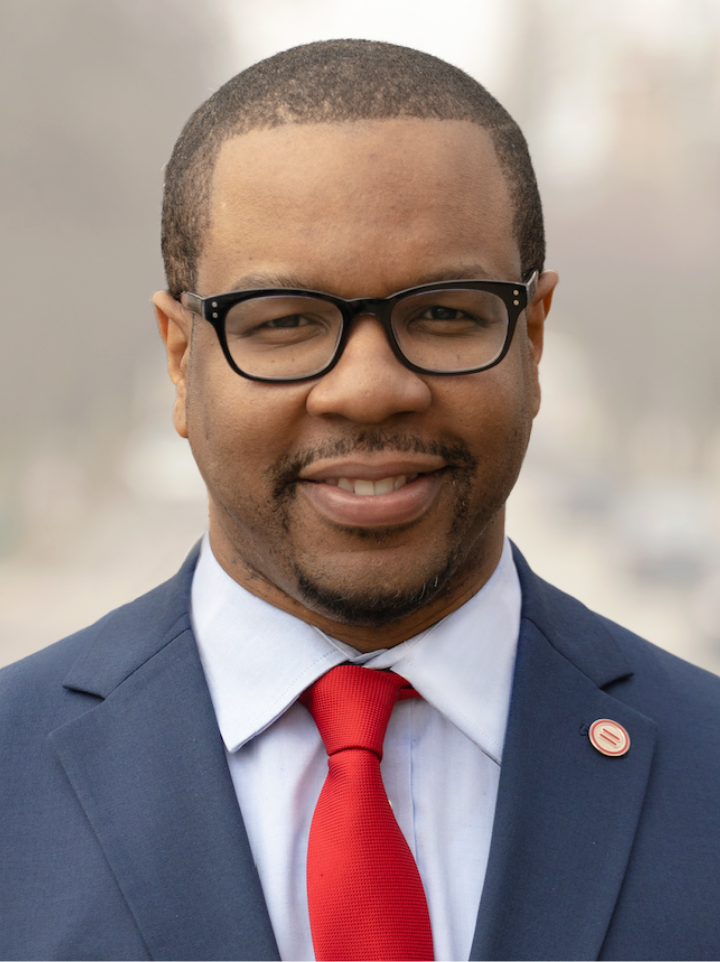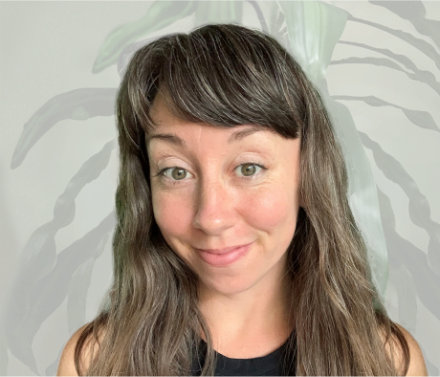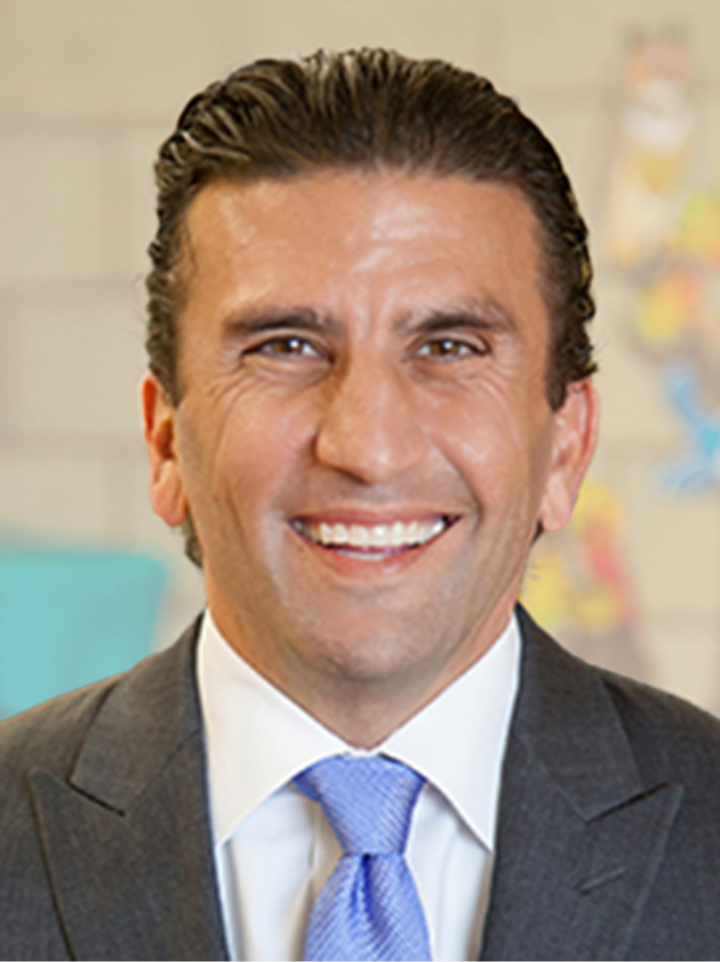EVER SINCE I ARRIVED in Jacksonville in 2006, I’ve been involved in community work and volunteerism. One of the things I realized early on was that you have two different nonprofit worlds. You have grassroots organizations that are doing almost all their work using volunteers and on a very, very small budget. And then you have organizations with multi-million dollar budgets committed for several years, but they don’t always reflect the community.
I can’t run my program successfully unless someone else is running a program to help kids read and do math. We’re all in this together.”
If we are going to address issues in the Black community, those grassroots organizations should be leading from the front—not just bringing them to the table or trying to get their opinion. Honestly, we’ve tried a lot of different programs and strategies in the Black community, and we haven’t seen the kind of turnaround we want. The one thing we have not tried is allowing Black-led organizations to be the ones leading the change.
Bringing a community together is hard work. We can do it, but we have to be thoughtful in our approach. I think too often we see a great program that works for 100 students, and we try to dump a lot of money in that program and hope it scales right. But there is no one program out there that’s going to be able to scale across the nation. We need these pockets of communities to come together. It takes community, and we can’t do it without them.
